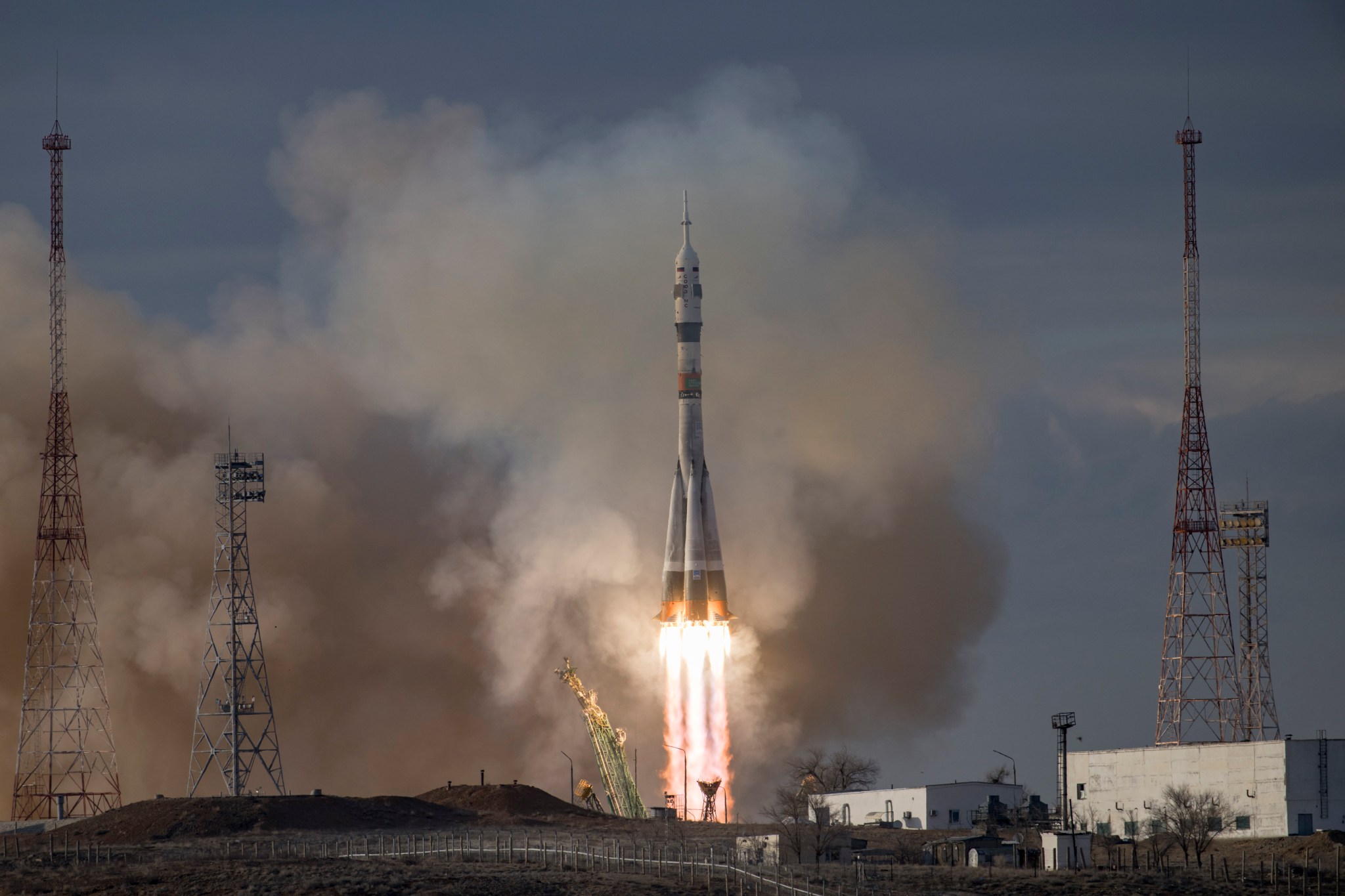Things are looking up for digging deep on Mars. Progress is palpable on how best to extract subsurface ice to generate drinkable water, rocket fuel and other useful resources on the Red Planet. But boring down from the topside of Mars to reach available icy reservoirs is no slam dunk. Tackling that challenge is the company Honeybee Robotics, which calls its approach the RedWater concept. Related: Mars ice deposits could pave the way for human exploration Dual purposes Honeybee Robotics’ ice drilling hardware for Mars encompasses coiled tubing and the…
Read MoreMonth: March 2024
Astronauts’ mementos packed on Boeing Starliner for crew flight test
A NASA astronaut who had the honor of naming her spacecraft will fly items inspired by that name when she launches to the International Space Station next month. Sunita “Suni” Williams, who is set to fly with fellow NASA astronaut Barry “Butch” Wilmore on Boeing’s first Crew Flight Test (CFT) of its CST-100 Starliner capsule, will reveal the “Calypso”-related items once she is in orbit. “A little homage to other explorers and the ships they rode on, I think we are going to call her ‘Calypso,’” said Williams in 2019,…
Read More‘Spaceman’ director Johan Renck on making a romantic sci-fi fable (exclusive)
It’s not easy to be truly original in today’s “go along to get along” world, but rebellious Swedish filmmaker Johan Renck (“Chernobyl”) has achieved that rare designation by composing a transcendent fable in the new Netflix film, “Spaceman.” Starring Adam Sandler, Paul Dano as the voice of the ancient arachnid creature named Hanuš, Carey Mulligan, and Isabella Rossellini, “Spaceman” had its world premiere at the Berlin International Film Festival last week and will now launch onto Netflix starting on Mar. 1, 2024. Here Sandler portrays Jakub, a lonely Czech cosmonaut…
Read MoreMassive explosions may be visible on the sun during the April 8 total solar eclipse
If you’re in the path of totality for the April 8 total solar eclipse, you’ll experience a brief period of darkness — totality — for a few seconds or minutes. This is the only safe time to look directly at the sun without solar eclipse glasses. If you observe the sun‘s corona during totality, you may see dark-pink towers and loops of electrically charged plasma stretching many times the diameter of Earth into space. During the last total solar eclipse, in Australia on April 20, 2023, these “prominences” were spectacular…
Read MoreNASA Astronaut Tracy Dyson, Crewmates Safely En Route to Space Station
The Soyuz rocket launches to the International Space Station with Expedition 71 NASA astronaut Tracy Dyson, Roscosmos cosmonaut Oleg Novitskiy, and Belarus spaceflight participant Marina Vasilevskaya, onboard, Saturday, March 23, 2024, at the Baikonur Cosmodrome in Kazakhstan. NASA/Bill Ingalls Three crew members including NASA astronaut Tracy C. Dyson successfully launched at 8:36 a.m. EDT Saturday from the Baikonur Cosmodrome in Kazakhstan to the International Space Station. Dyson, along with her crewmates Roscosmos cosmonaut Oleg Novitskiy and spaceflight participant Marina Vasilevskaya of Belarus, will dock to the space station’s Prichal module…
Read MoreSatellites watch Iceland volcano spew gigantic plume of toxic gas across Europe
Scientists are tracking a massive plume of toxic gas moving across northern Europe that was spat out by the ongoing volcanic eruption in Iceland. The gas cloud is unlikely to cause any serious health problems. However, it could impact the ozone hole above the Arctic, experts warn. On March 16, an underground volcano in Icealnd’s Reykjanes Peninsula blew its top for the fourth time in as many months, opening up the largest fissure of the current eruption cycle and unleashing a massive lava flow that narrowly missed the evacuated town of Grindavík. There…
Read MoreFlight attendant becomes 1st Belarusian woman in space on ISS-bound Soyuz launch
For the first time, a spacecraft has lifted off with a flight attendant aboard, but there will be no drink service during the flight. Marina Vasilevskaya, who also served as a flight instructor for Belavia Airlines in her home country of Belarus, traded her attendant uniform for a Russian Sokol pressure suit to become the first Belarusian woman to fly into space. On Saturday (March 23), she launched on Russia’s Soyuz MS-25 spacecraft with cosmonaut Oleg Novitsky of Roscosmos and NASA astronaut Tracy Caldwell Dyson on a mission to the…
Read MoreElastocaloric Refrigeration for Spaceflight Applications (ESRA)
1 min read Preparations for Next Moonwalk Simulations Underway (and Underwater) Jun Cui Iowa State University ESI23 Cui Quadchart.pdf Elastocaloric materials heat up when exposed to a mechanical force and cool down, removing the same amount of heat from their environment, when the force is removed. Professor Cui will use the recently established DFT/machine learning guided metals development methodology to unravel the complex relationships between compositions, crystal structures, phase transformation, and fatigue behavior of the elastocaloric materials. He will develop novel, new elastocaloric materials and use them as the basis…
Read MoreTransparent Superconductors for Single-photon Detectors
1 min read Preparations for Next Moonwalk Simulations Underway (and Underwater) Manuel Quevedo-Lopez University Of Texas, Dallas ESI23 Quevedo-Lopez Quadchart.pdf Current SNSPD’s use a thin, superconducting film to detect photons. These films are highly reflective and must be made very thin, on the order of a few nanometers, in order to allow light to interact with their entire thickness. This leads to numerous drawbacks including lower sensitivity and higher signal noise. Professor Lopez will work to develop a new generation of transparent superconducting films for SNSPD applications to overcome these…
Read MoreMetamaterial Particles for Orbital Environment Remediation
1 min read Preparations for Next Moonwalk Simulations Underway (and Underwater) Davide Guzzetti Auburn University ECF 2023 Quadchart Guzzetti.pdf Professor Guzzetti will study and design small metamaterial particles which can be predictably moved by forces that exist on orbit like the Earth’s magnetic field or heat flux. These Programmable Metamaterial Particle Ensembles (PMPEs) could be deployed as dust clouds and used to deorbit small (<1cm), orbital debris. Back to ECF 2023 Full List
Read More